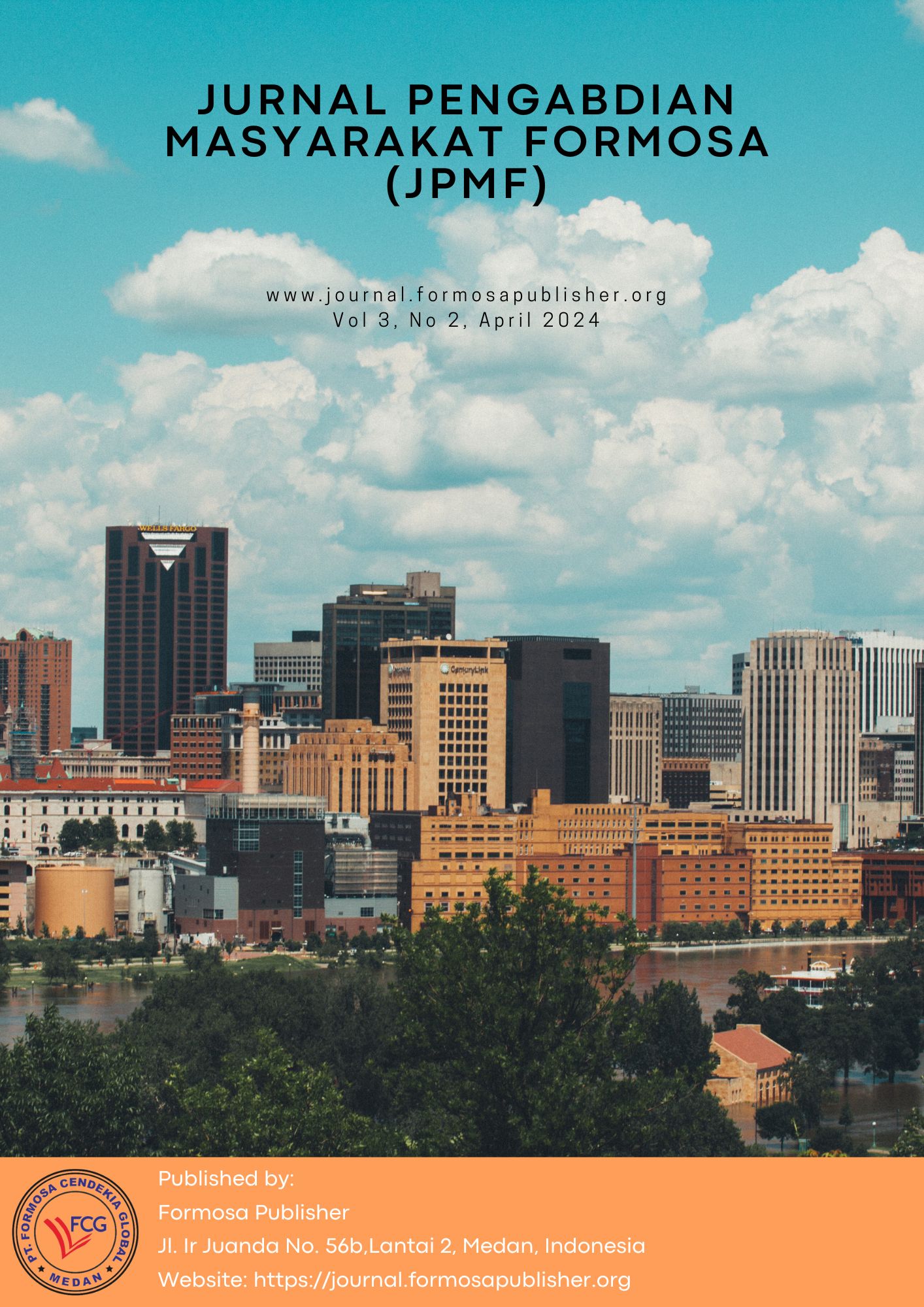Utilization of Kombucha Tea to Improve Children's Health and Reduce Stunting Rates in Patempuran Village, Jember Regency
DOI:
https://doi.org/10.55927/jpmf.v3i2.9193Keywords:
Stunting, Kombucha Tea, Children's Nutrition Community Service, Patempuran VillageAbstract
In order to overcome the problem of stunting in children, a team of Jember University lecturers collaborated with the Patempuran Village community and posyandu cadres to carry out community service activities. The main focus of this activity is the mass use and dissemination of Kombucha Tea, chosen because of its important nutritional content and potential to improve intestinal health and nutrient absorption in children. This activity includes outreach to increase understanding of the benefits of Kombucha Tea, training for posyandu cadres and village mothers on how to produce Kombucha Tea, as well as the distribution process to families with children under five. Apart from that, counseling regarding healthy eating patterns and the importance of nutrition was also provided in this activity. The impact evaluation was carried out after the activity was carried out to measure the extent to which Kombucha Tea made a positive contribution in reducing stunting rates in Patempuran Village. Close collaboration between the lecturer team, the community and the local government forms a sustainable community service model, which is expected to have a positive impact in improving the welfare of children in Patempuran Village.
Downloads
References
Black, R. E., Victora, C. G., Walker, S. P., Bhutta, Z. A., Christian, P., de Onis, M., ... & Uauy, R. (2013). Maternal and child undernutrition and overweight in low-income and middle-income countries. The Lancet, 382(9890), 427-451.
Hill, C., Guarner, F., Reid, G., Gibson, G. R., Merenstein, D. J., Pot, B., ... & Sanders, M. E. (2014). Expert consensus document: The International Scientific Association for Probiotics and Prebiotics consensus statement on the scope and appropriate use of the term probiotic. Nature Reviews Gastroenterology & Hepatology, 11(8), 506-514.
Vina, I., Semjonovs, P., & Linde, R. (2014). The biologically active compounds of Kombucha and their pharmacological properties: An overview. Biotechnology, 14(1), 11-23.
World Health Organization (WHO). (2018). Stunting in a Nutshell. Retrieved from https://www.who.int/nutrition/healthygrowthproj_stunting_about/en/.
West, N. P., Horn, P. L., Pyne, D. B., & Gebski, V. J. (2017). Probiotic supplementation for respiratory and gastrointestinal illness symptoms in healthy physically active individuals. Clinical Nutrition, 36(3), 799-807.
Downloads
Published
How to Cite
Issue
Section
License
Copyright (c) 2024 Nita Kuswardhani, Andi Eko Wiyono, Nidya Shara Mahardika, Eka Ruriani

This work is licensed under a Creative Commons Attribution 4.0 International License.


































